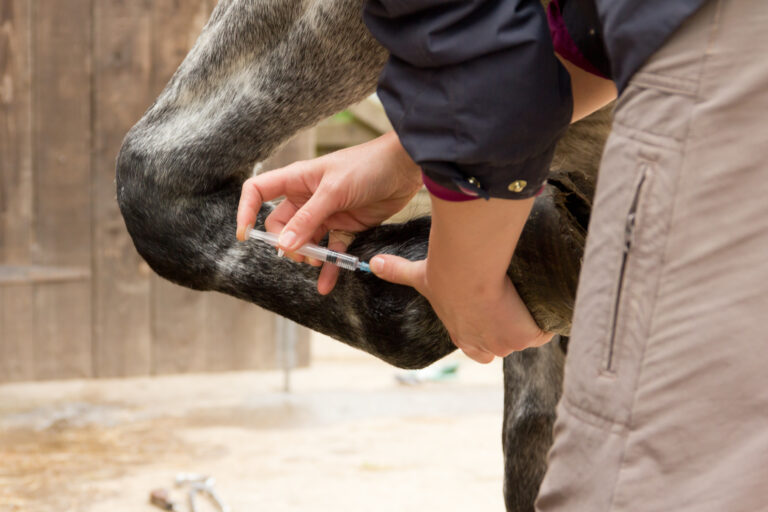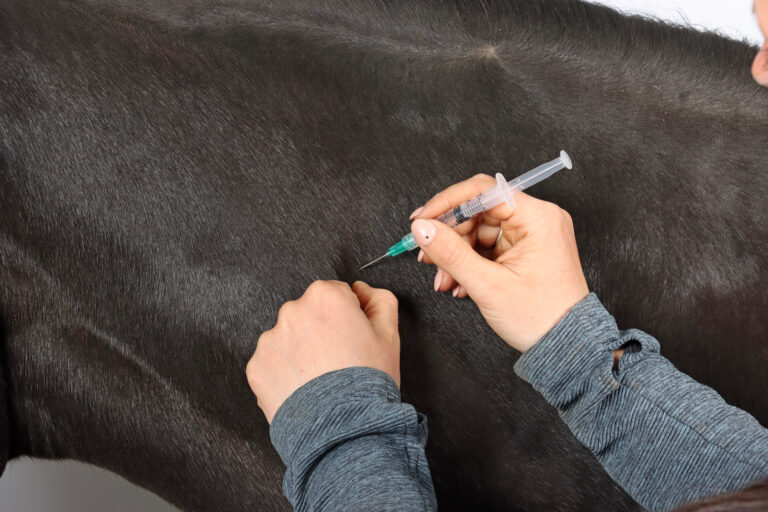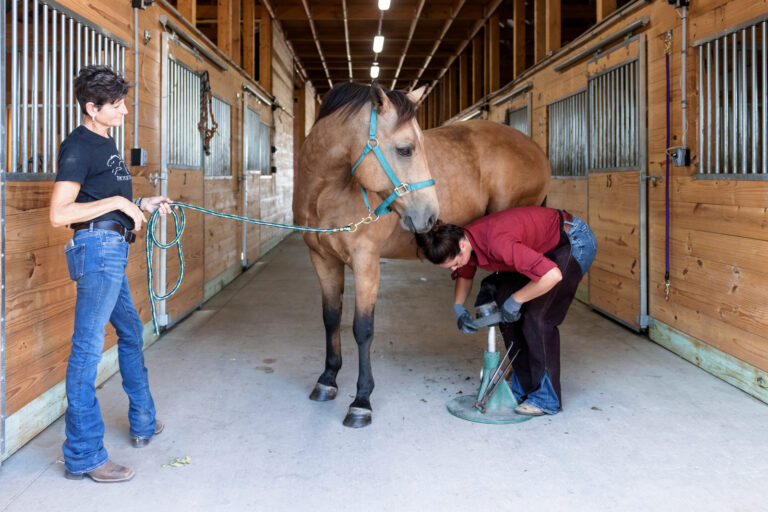
Clients sometimes have legitimate reasons to be unhappy with the care they have experienced from their equine veterinary practice. They might be dissatisfied because of medical errors, misdiagnoses, or poor outcomes after treatment. But frequently, the dissatisfaction stems from poor customer service, poor communication, misunderstandings, or failure to set or meet expectations.
Cardinal Rules of Customer Service
The three cardinal rules of customer service are to not confuse the client, surprise the client, or force the client to call back multiple times to solve their issue. Often, the client’s first interaction with your practice is with the front desk staff, and this sets the tone for what they can expect from your practice moving forward. If the practice staff cannot provide answers to a client’s queries or an organized plan for getting answers, a client will lose confidence in the practice. The receptionist must maintain a friendly and patient tone, even on the busiest days. When doctors operate as silos and don’t provide the front desk staff with the information they need, they set them up for failure. Strong internal communication channels and an online synched appointment schedule can help prevent this outcome.
Prioritize Organization
During busy periods, the team might forget to send promised deliverables to clients, which reflects poorly on the practice. For example, failing to deliver more bandage material to a client whose horse is having a wound rechecked after the client calls to make this request signals that disorganization and communication issues exist in the firm. Horse owners are typically understanding of errors the first time they happen, but they will likely label the practice as unreliable if it happens again. To meet clients’ expectations, create a process for documenting each call and a checklist for tasks the team needs to complete.
Communicate Effectively
Dissatisfaction can also stem from poor communication in doctor-client conversations. Horse owners have accumulated knowledge about their horse’s normal behavior and often have important information to share about previous health history. When clients feel their input is not respected, they understandably become disgruntled. Good listening takes time and focus, which can be hard to provide when a long day looms ahead and the phone keeps ringing with emergency calls. If you need to leave a call prematurely due to an emergency, consider finishing your conversation with the client on the phone as you drive or later in the day at an agreed-upon time. Make sure to keep your commitment.
Set Expectations and Accept Feedback
Set expectations for your clients about how to best interact and communicate with your staff, when you will generally return non-urgent calls, and how you would like them to contact you for emergencies. Be transparent about your fees, give estimates without being asked, and offer options for levels of care expense when possible. Ask your clients to let you know if they have been disappointed in the care they received from the practice, and do your best to consider your responsibility in the situation. Listen with curiosity, engage with empathy, and consider their perspective before deciding how to respond.
Avoid Engaging on Social Media
Since the pandemic, some people have become less kind and considerate of others, particularly those from whom they are receiving services. Social media’s ubiquitous presence and anonymity have encouraged a selfish perspective and lack of empathy in some users. When these people are horse owners and become your clients, they often voice dissatisfaction about the smallest perceived lapses in service they have received to anyone who will listen, some of whom then pile on with comments on various platforms. With the exception of requesting that the disgruntled client call to talk with you, it is best not to engage on social media. At this time when equine veterinarians are in high demand in many regions, a letter to the client terminating your relationship with them is often the wisest and most stress-relieving approach.
Final Thoughts
Set your practice up for success in customer service, communication, and expectations by creating systems and utilizing technology to maximize client satisfaction.
Related Reading
- Managing Difficult Clients and Difficult Expectations in Equine Practice
- The Business of Practice: Resisting Emotional Blackmail
- Resilience and Boundaries for Equine Veterinarians
Stay in the know! Sign up for EquiManagement’s FREE weekly newsletters to get the latest equine research, disease alerts, and vet practice updates delivered straight to your inbox.




